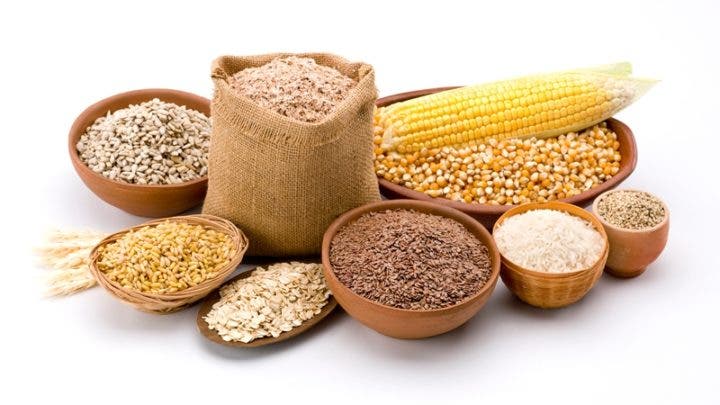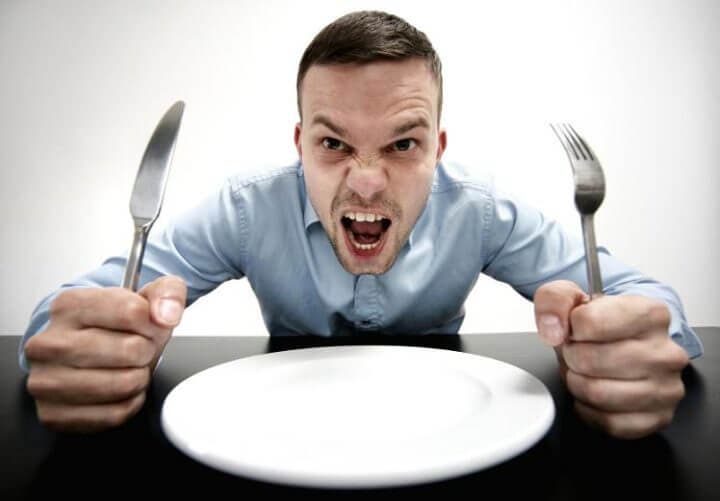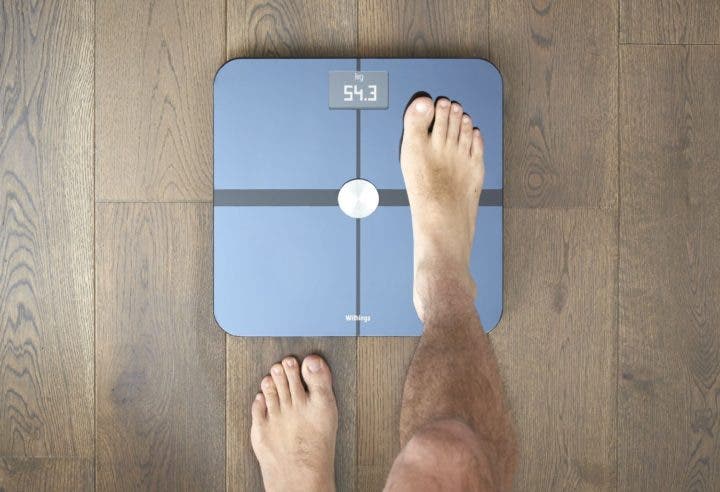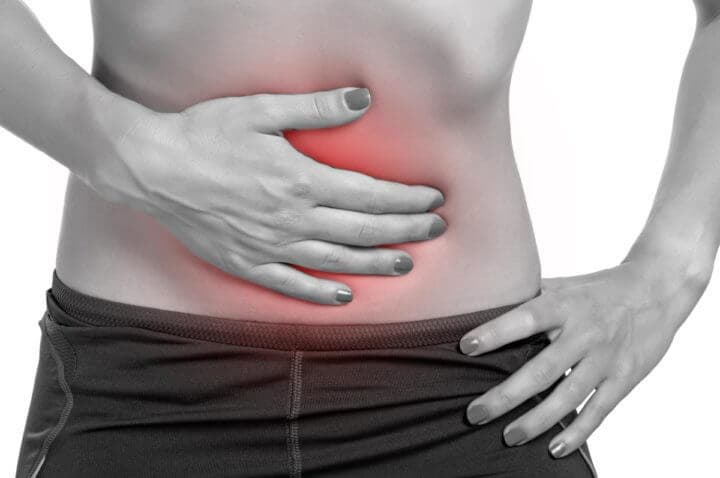Fiber is an underrated nutritional energy source – this carbohydrate keeps you full, helps you lose weight, and keeps your stomach happy. You should think of fiber as resistance training for your GI tract.
Fiber is known to keep everything moving through the intestines smoothly and feeds good-for-you gut bacteria, which have been linked to a host of health benefits. The point is, you are probably not eating the correct amounts.
Therefore, know the 5 signs that you are not eating enough fiber.

5 signs you're not getting enough fiber
1. You don't have enough energy
When you eat a lot of sugar-laden simple carbohydrates, such as soda, white bread and pasta, or processed snacks, it's safe to assume that you're probably not getting enough fiber from more complex carbohydrate sources , like whole grains, legumes, and fruits.
Those refined carbohydrates cause a rapid spike in blood sugar after a meal. Your body tries to correct that spike by producing more insulin, which results in an energy shock. But when you eat a high-fiber meal, your blood sugar rises at a slower, more steady rate.
Fiber, along with protein and fat, help slow digestion, which means that sugar is released into our bloodstream more slowly.
In this sense, foods high in fiber help stabilize the level of sugar in the blood and prevent the lack of control that can occur with foods low in fiber and refined with carbohydrates.

2. You feel hungry shortly after eating
Your stomach empties more quickly when your food is low in fiber, which means you'll feel hungry faster. In fact, a study published in the Food & Nutrition Research found that men who ate high-fiber foods containing beans and peas actually felt fuller than those who ate protein-rich meals containing pork and beef.
This is because soluble fiber, normally found in beans and peas, forms a gel-like material in the digestive tract as it dissolves in water and causes slower absorption of nutrients into the bloodstream. .

3. You don't lose weight
Because fiber is so filling, it's important that you try to get enough when you're trying to lose weight. When you feel fuller for longer, you are likely to eat fewer calories overall.
According to the American Heart Association, high-fiber foods often require more chewing and take longer for the stomach to digest, indicating a feeling of fullness in the body. Also, fiber is not absorbed by the body, so it does not contribute substantially to your total calorie intake. For example, 100 grams of white rice will provide more calories than an equal weight of brown rice due to the difference in fiber content.

4. You don't go to the bathroom regularly
Fiber is your friend when you're feeling constipated, adding bulk or size to the contents of your GI tract. This helps speed up your digestive system.
Fiber also attracts water, which keeps stools soft and also aids movement. Therefore, getting too little fiber can result in hard, dry stools that move slowly, leading to constipation or forced bowel movements.

5. You have different health problems
Heart problems can be caused by a host of health problems, but many of them can be related to your diet. In fact, people who have survived a heart attack have a greater chance of living longer if they increase their fiber intake , according to research published in The BMJ . In addition, the fiber of whole grains, such as oats, rice and barley, can r educe the risk of heart disease, cerebrovascular accidents, obesity and type 2 diabetes.
Fiber is combined with other beneficial nutrients, such as zinc, iron, and B vitamins, to lower cholesterol levels and improve your body's ability to process blood sugar.

References
- Hrustic, A. 5 Signs you're not eating enough fiber. For Bicycling [Revised November 2017]
